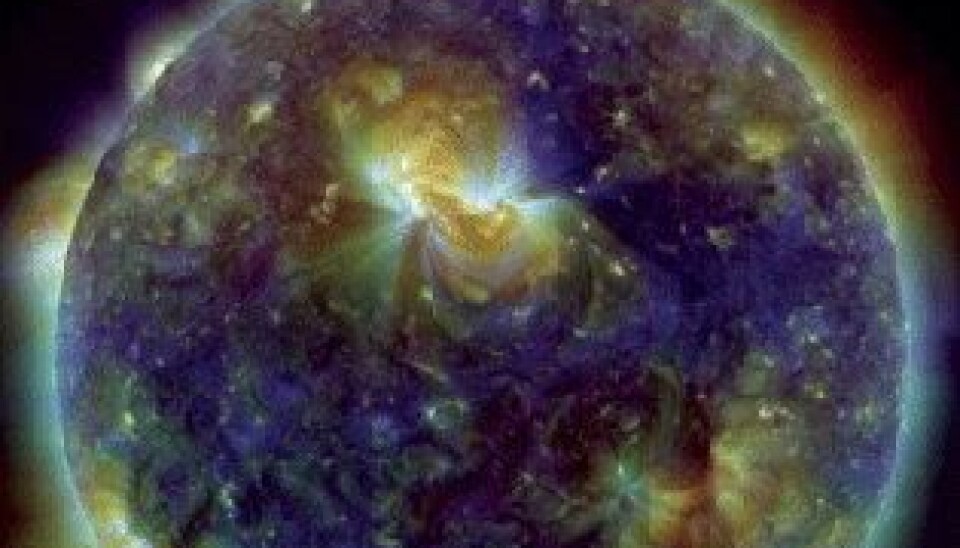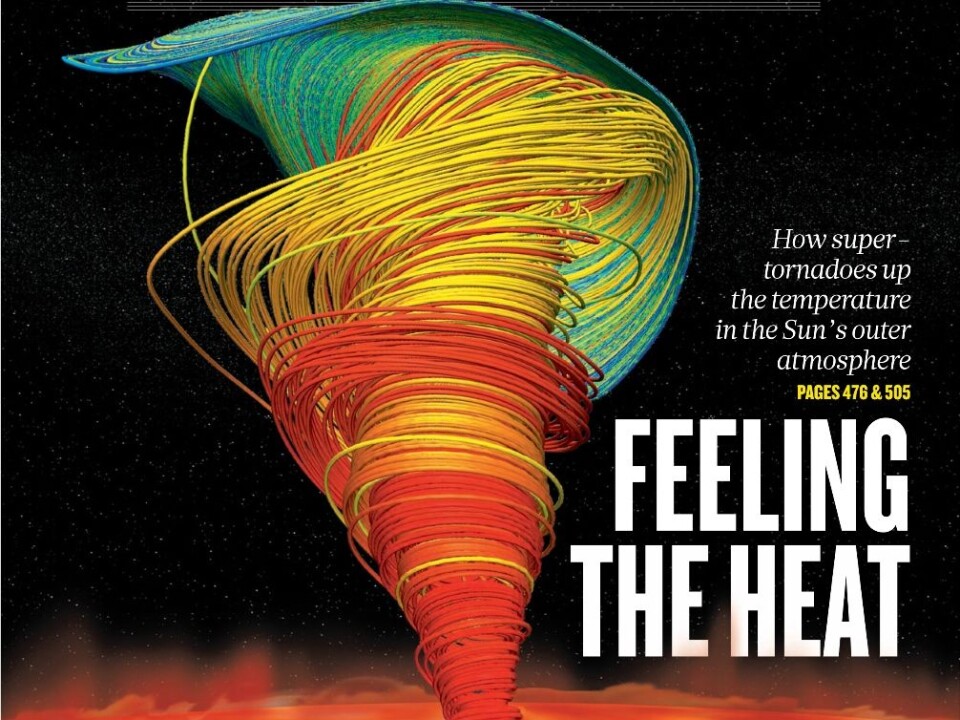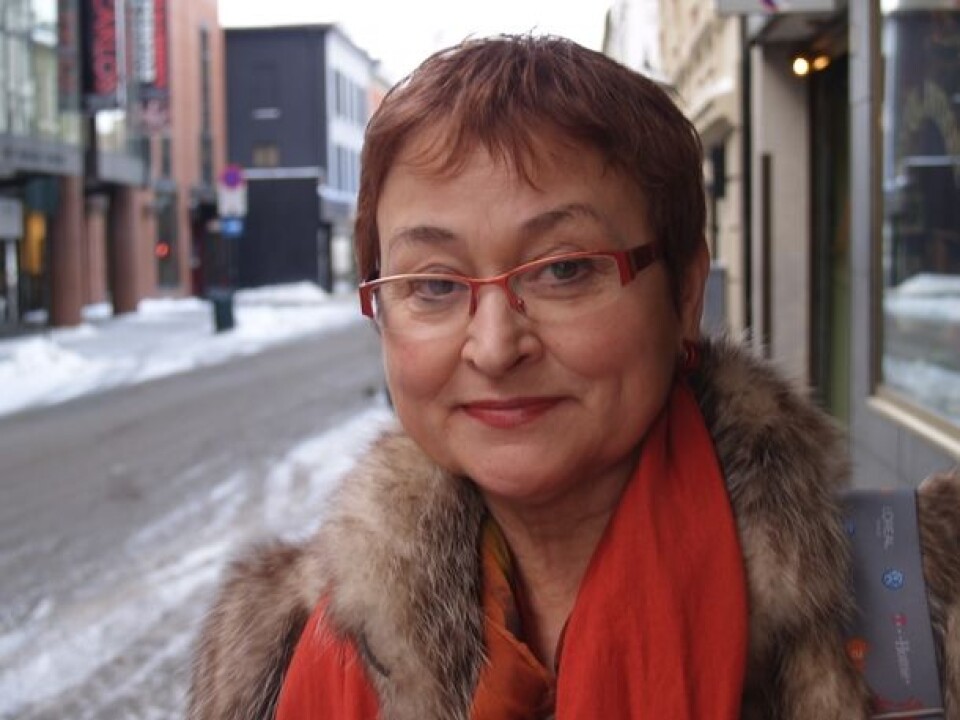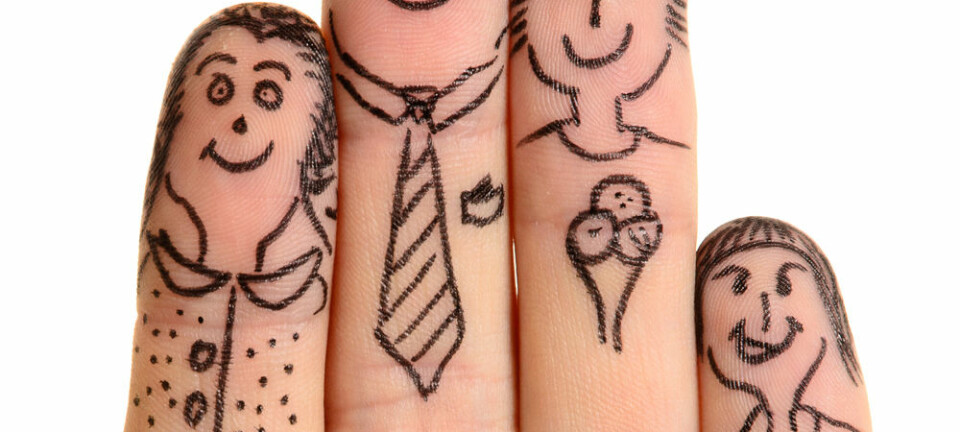
Gender bias in leading journals
Only 3.8 percent of researchers commissioned by leading journals Science and Nature to write articles on Earth and environmental sciences have been women.
Denne artikkelen er over ti år gammel og kan inneholde utdatert informasjon.
Science and Nature are among the world’s most prestigious natural science periodicals.
In their columns Perspectives and News & Views, they invite researchers to write articles for them, rather than the normal procedure of accepting submitted articles.
Researchers who have charted these pages in 2010 and 2011 point out that the share of female scientists invited is very low. They think Nature and Science should be extending these invitations to a more representative share of women in these disciplines.
Such invites from these journals’ editors can have a big impact on careers.

This is one of the reasons why it’s unfortunate that women are under-represented among those asked, claim researchers Daniel Conley and Johanna Stadmark of Lund University in Sweden, who have written to Nature about the disparity.
Low share of women
Conley and Stadmark have split the commissioned articles into three broad subject categories: Biological and chemical sciences, Physical sciences and Earth and environmental sciences.
Both of the researchers belong to the third category and are employed in Lund University’s Department of Geology.
Their survey showed that the proportion of women invited in their field was lowest.

In the columns News & Views in Nature and Perspectives in Science, women comprised just 17.3 percent of the authors in the category Biology and chemical sciences (which here included medicine). In the Physical sciences category, women were even scarcer – just 8.1 percent. But they were scarcest among commissioned authors in the Earth and environmental sciences category with just 3.8 percent.
In Science’s Perspectives column, the shares ran a little higher than in Nature’s News & Views column.
Unsatisfactory
“I’m not surprised that they invite more men than women but I think the share of these commissioned women researchers is disappointingly low,” says Gerd Bjørhovde.
Bjørhovde is a professor of English Literature at the University of Tromsø, Norway, and the Chair of the Committee for Gender Balance in Research.
She would like to think that serious periodicals such as Science and Nature are conscientious in choosing the researchers they invite to author articles, but the disproportionate share of women appears to indicate otherwise.
“It appears as if they have found ‘their’ researchers to invite and finding others would require more of an effort,” she says.
Compared with American researchers
To find out how large the women’s share should be to make it representative among scientists, the Lund researchers compared these percentages with the share of female scientists in the US.
The latter was much higher, they write in their letter to Nature. They point out that 32 percent of the scientists in the biological and chemical sciences category are women and the corresponding shares in the categories physical sciences and Earth and environmental sciences are 16 and 20 percent.
In 2005, after Nature was criticised for giving too few opportunities to women to write other invited articles, the editors began commissioning more women, Lund University writes in a press release.
Seeking a correct gender balance
ScienceNordic’s Norwegian affiliate forskning.no has not managed to get a comment from Science about these figures. But Nature comments on it and concurs with the Lund researchers that the share of authors in their News & Views columns should reflect the overall respective share of female scientists.
Nature writes to forskning.no that it welcomes the analysis and takes the criticism seriously.
However, the editors point out that using the share of women scientists in the USA in this context isn’t necessarily representative for the rest of the world.
They write:
We note that the analysis compared the percentage of women News & Views authors with the percentage of all scientists who are women in the USA. However, the vast majority of invited News & Views authors are professors, and are commissioned from around the world.
Although it is difficult to say exactly what percentage of professors globally are women, we believe that the number is significantly lower than the percentage of all US scientists who are women. We are therefore currently obtaining accurate information about the number of women professors across the world, and should we find that the News & Views section is indeed under-representing women, we will certainly take steps to redress the balance."
Vicious Circle?
The Swedish researchers have also given consideration to the likelihood that women’s share of positions in research in the USA could be higher than the world average.
Nevertheless, they say that the share of women selected for invitation-only authorship in Science and Nature is low enough to merit this claim of under-representation.
The consequences of this bias are serious, according to Conley and Stadmark, who suggest there can also be a link between the number of women researchers who get publicity through the leading journals and how many women achieve top academic positions.
“The result is that women are not rendered visible in the same way as men and don’t get an equal opportunity in their careers. With fewer women in higher research positions there’s a mounting risk that society is missing out on vital competence,” they write in the Lund University press release.
Should take responsibility
On her part, Bjørhovde isn’t insistent on an exact correlation between the share of women scientists invited to write for the journals and their numbers in science round the world.
She’s more concerned with the general disproportion:
“I certainly think these periodicals should be concerned about a better balance regarding who they invite, and thus a broader selection.”
Even though a duty cannot be imposed on the American journals to invite more women, Bjørhovde believes it’s a duty they ought to be imposing on themselves:
“After all, we’re talking about some of the world’s leading and most prestigious and therefore powerful publications. They are concerned with the relationship between science and society and this certainly is pertinent to this issue,” she says.
“Such ‘small’ imbalances are involved in reinforcing the larger imbalance between men and women in research.”
----------------------------------
Read the Norwegian version of this article at forskning.no
Translated by: Glenn Ostling

































